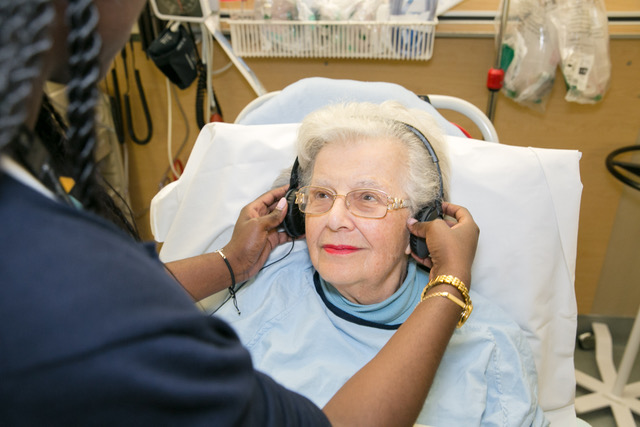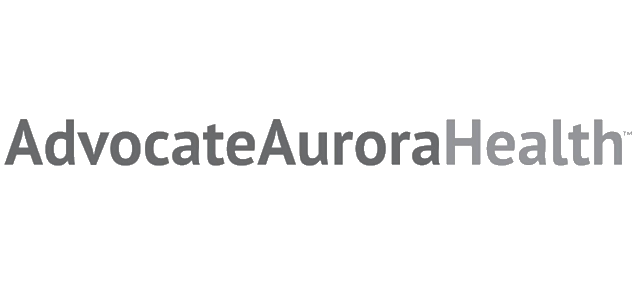Background
Older adults receive care in Emergency Departments which are seldom designed for their unique needs. Architectural designs specifically for older persons are so rare that sites which have such major improvements receive tour requests from health care professionals from across the country. Structural design characteristics of some Emergency Departments may pose safety concerns for vulnerable older adults, such as poor visualization of patients who are far from the nursing station, slippery flooring, inadequate lighting, loud/disorienting acoustics, and very limited access to bathrooms. Environments that are stressful or physically uncomfortable may increase the risk of delirium, resistance to care, falls, incontinence, pressure injury, and leaving prior to completion of treatment.
The facility in which an individual receives care can be thought of as a macro-environment, namely the room and the hallway, and furniture in which the patient and their family caregiver receive care. On the other hand, the micro-environment refers to the local surroundings of the individual. This includes the patient gown, the meal tray, monitors, or the television remote. Experience from designing Acute Care for Elders units helps to understand that the environment of care can promote mobility and have an impact on the patient care experience.
Geriatric Emergency Department Guidelines and the Geriatric Emergency Department Accreditation from the American College of Emergency Physicians each emphasize the importance of the physical environment of care. What Emergency Department environmental interventions are feasible with a very limited budget?

Low-Cost Emergency Department Environment Interventions to Improve Care for Older Patients:
- Provide voice amplifiers and simple reader glasses. Sensory impairment predisposes acutely ill older patients to delirium. Further, hearing and vision impairment impair communication with staff and providers, increasing risk of misdiagnosis and making it more difficult to understand instructions.
- Tailor lighting for older adults to provide both more light for visual acuity and the ability to dim lights for sleep and day/night distinction.
- Provide for caregiver comfort and communication needs. This includes adequate comfortable seating for caregivers, (who are also often older adults), nourishment, toilet facilities, and Wi-Fi/phone access.
- Provide a comfortable and safe bed. Recommendations suggest a thick, soft mattress of pressure-reducing foam on a bed that adjusts to a low height. Some older patients prefer a hospital recliner with sturdy armrests.
- Mark the floor in room and in hallway for the “Timed Get Up & Go” test. Small cut out tennis shoes could be taped on the baseboard of the hallway to define the 10 feet distance of this standard screen of gait and balance.
- Develop a list of community resources, in a binder and/or EMR, including information from Area Agency on Aging, senior meals options, Alzheimer’s Association, medical transportation resources, home health and personal care agencies, hospice agencies, Life Line, adult day programs, residential and nursing facilities, and private geriatric care managers.
- Provide for warmth with warm blankets and IV fluid warmers.
- Ensure food of appropriate texture and nutrition is available to older adults and their caregivers at all hours.
- Provide ready access to assistive devices and gait belts to ambulate the patient. Assistive devices should be available to patients upon discharge.
- Provide orienting cues, including large signage, clocks, calendars, and dry erase boards.
References
Optimal Older Adult Emergency Care: Introducing Multidisciplinary Geriatric Emergency Department Guidelines from the American College of Emergency Physicians, American Geriatrics Society, Emergency Nurses Association, and Society for Academic Emergency Medicine. Journal Am Geriatr Soc 62:1360-1363,2014


